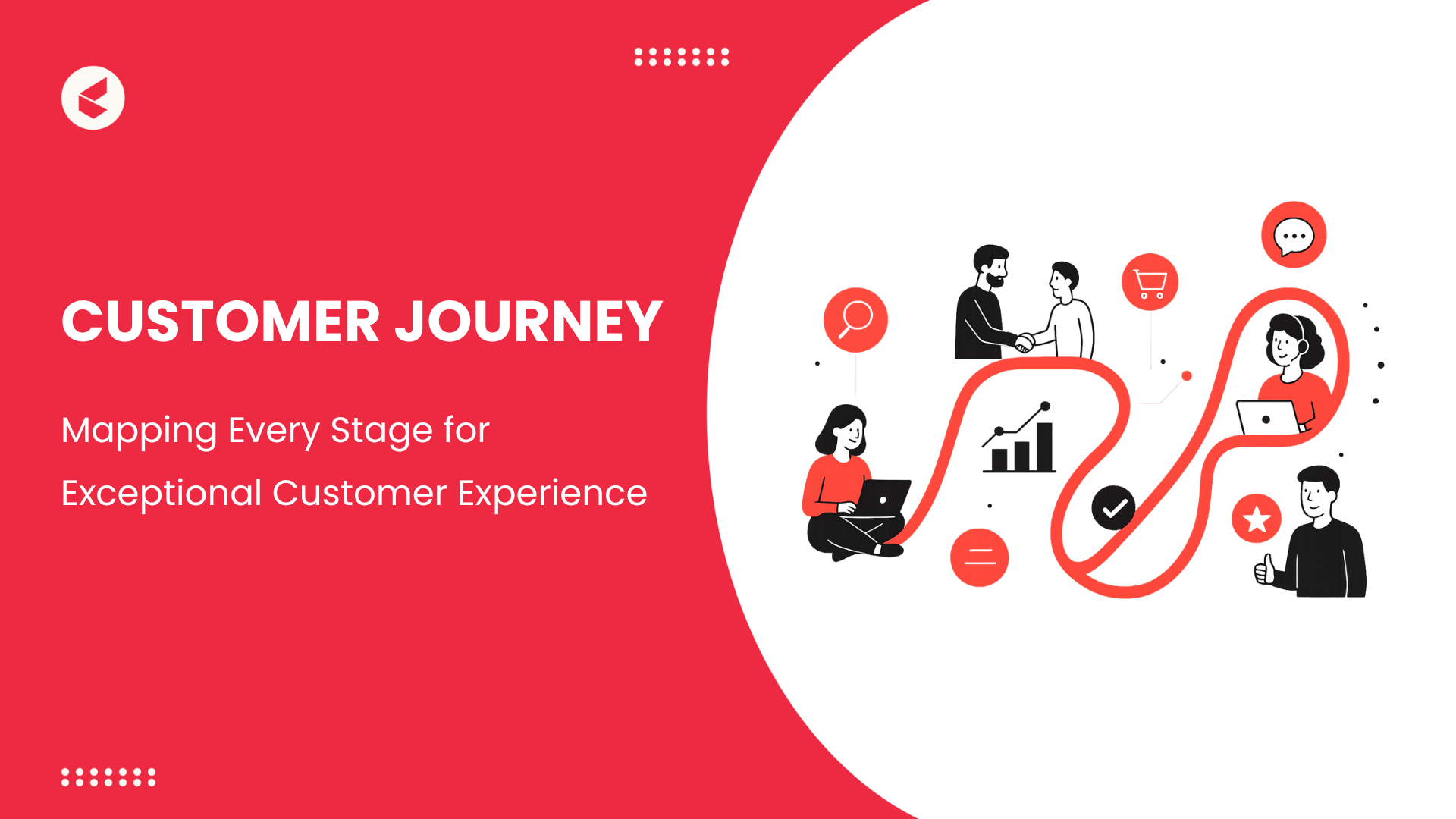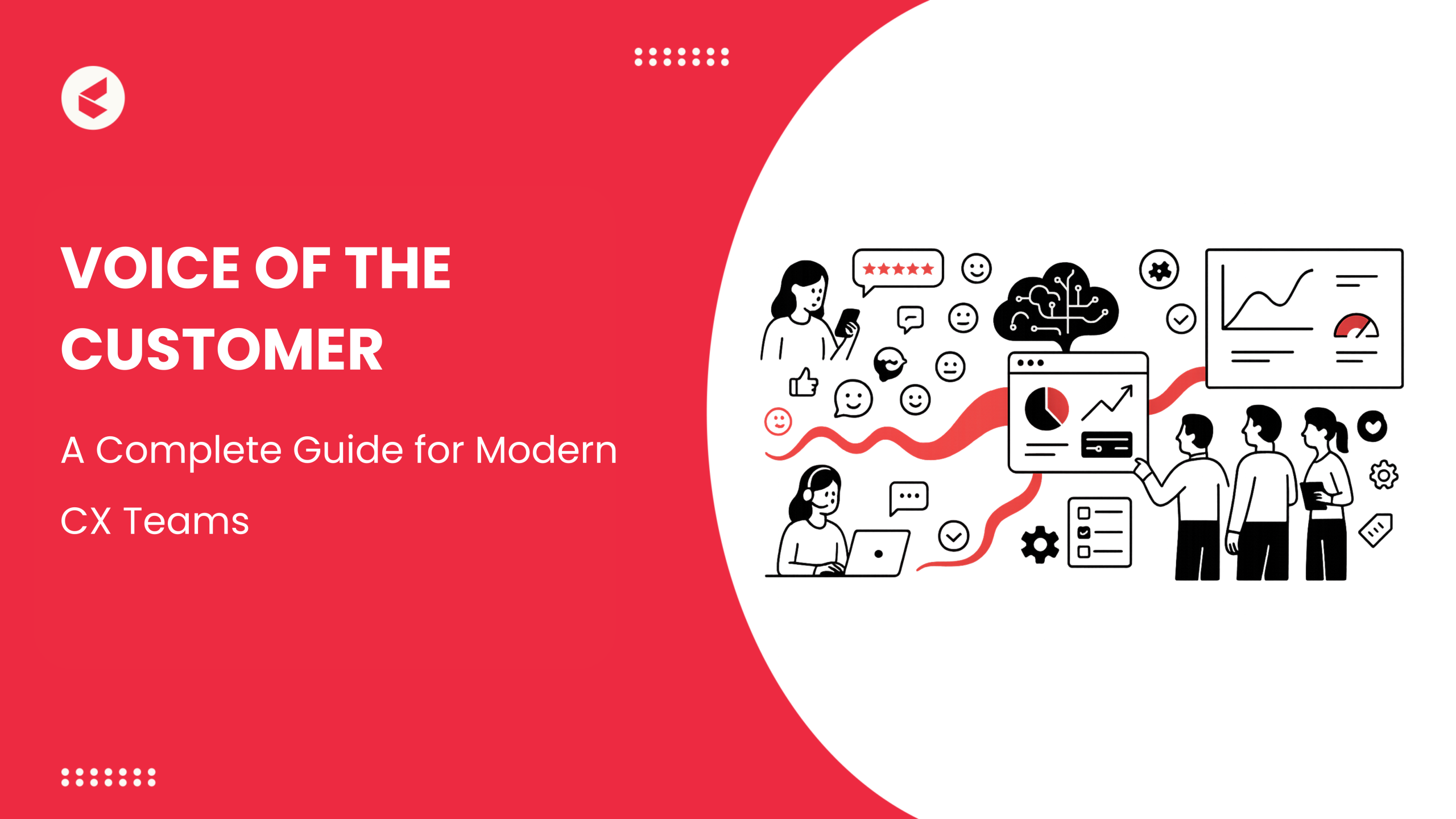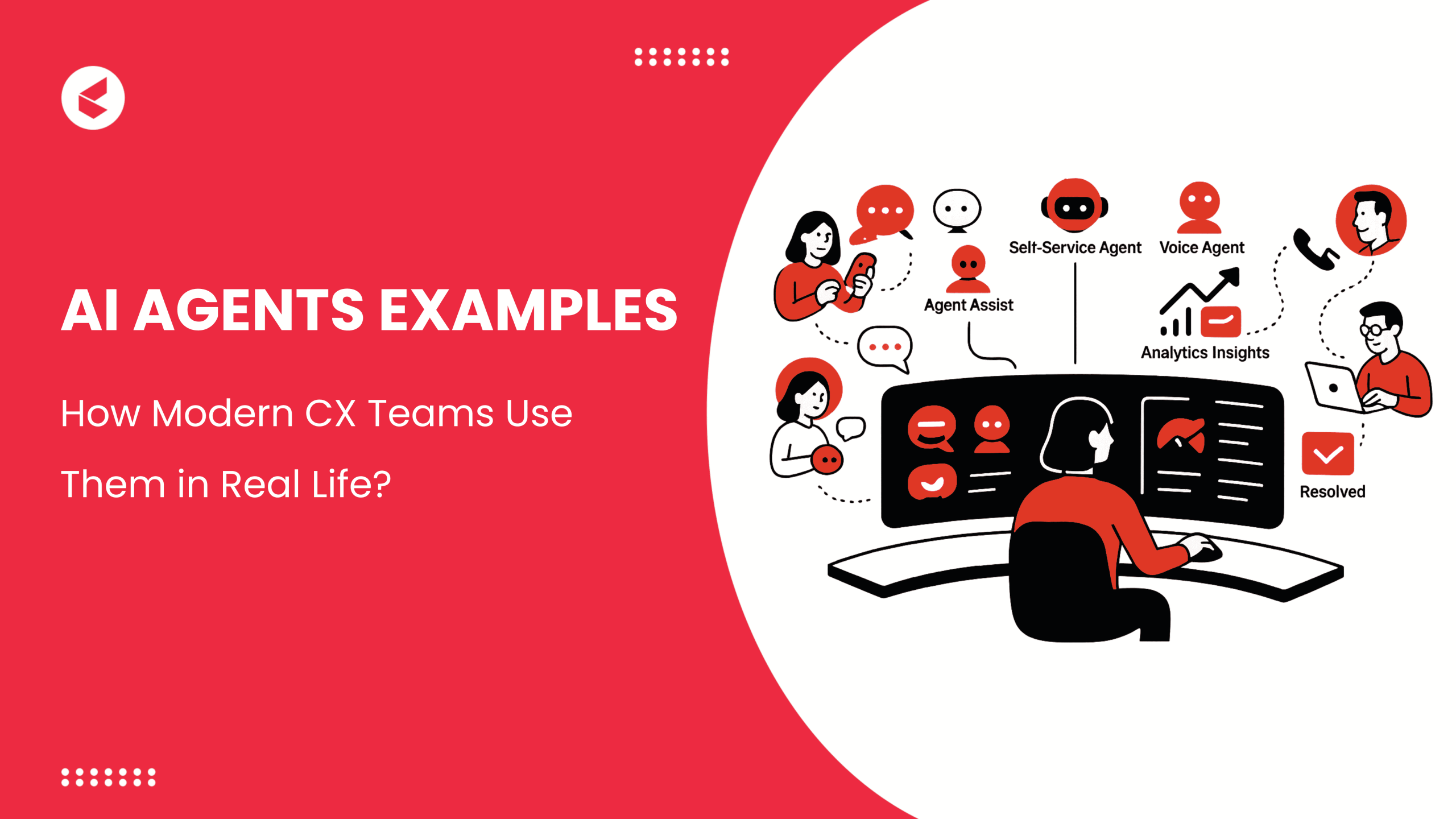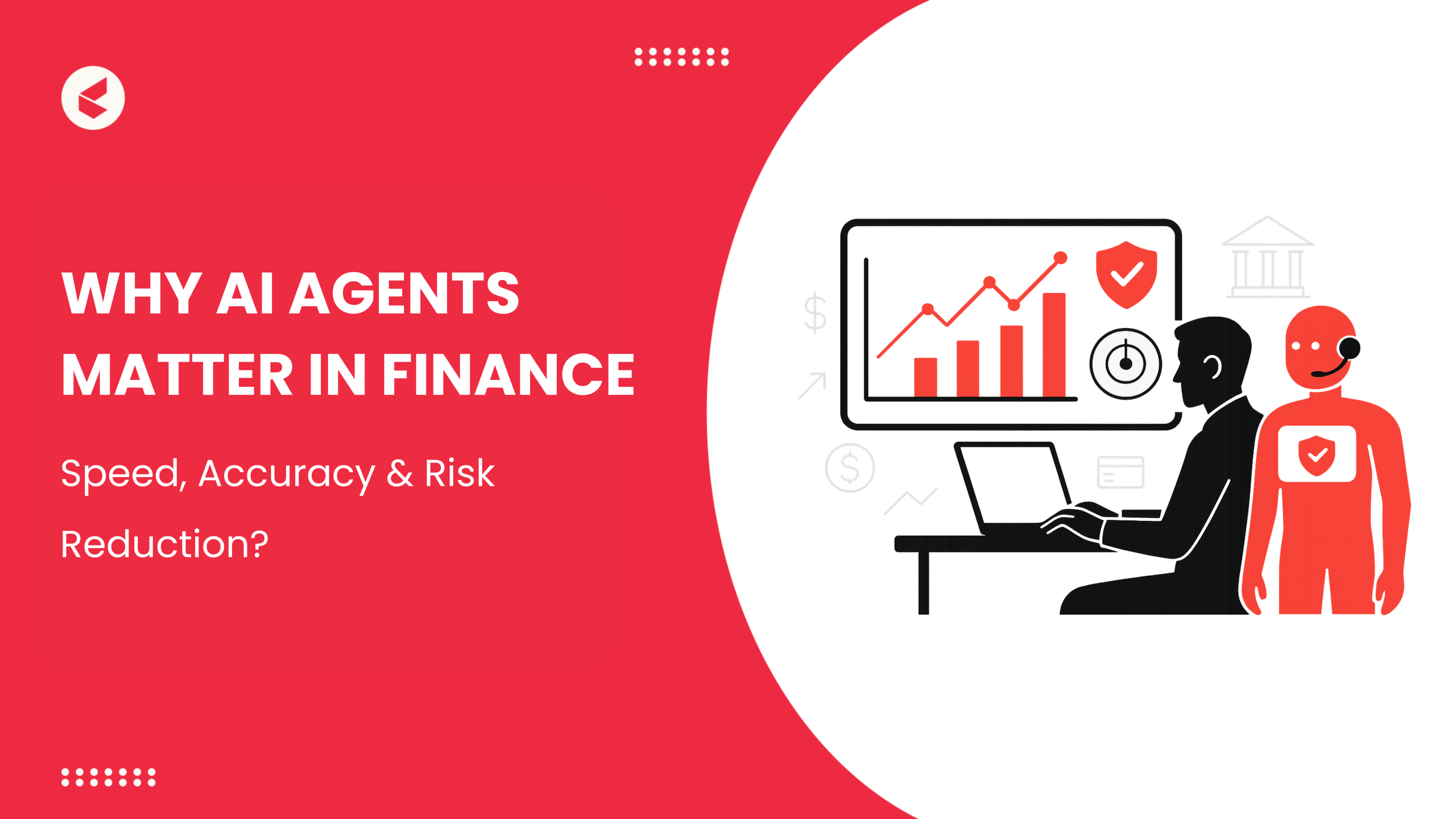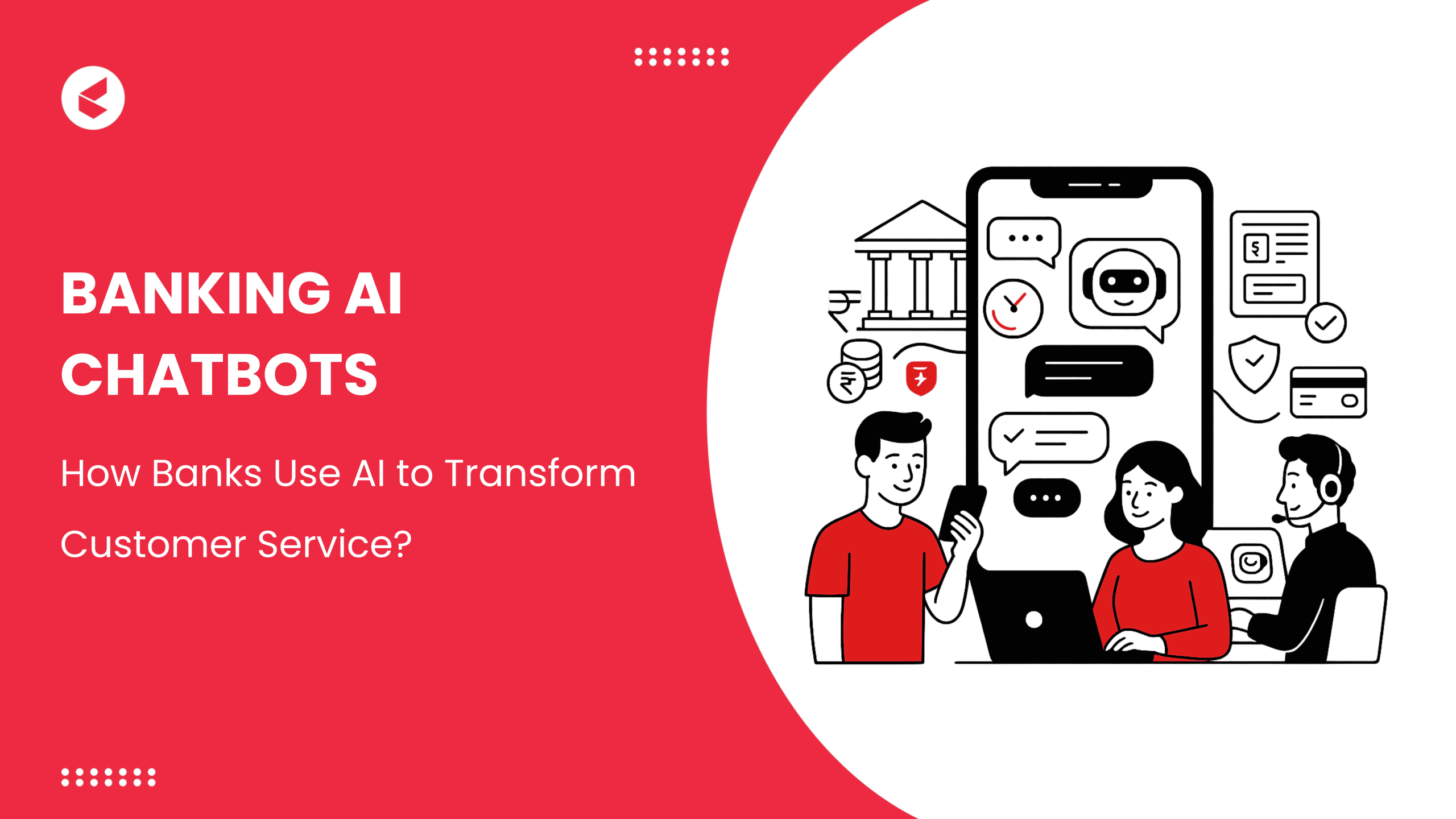When you picture your customers, what comes to mind? Are you aware of their real pain points? What triggers drop-offs, and what makes them choose you over your competitors?
As per Forbes, 61% of customers have stated that they are willing to pay at least 5% more for a positive customer experience.
If your analytics aren’t inclusive of specific touchpoints that make a customer satisfied or frustrated, you are not seeing a customer journey. You are looking at a fragmented activity.
Customer journey mapping helps you stitch a complete picture by focusing on real-time CX insights.
It builds on unifying data of customer sentiments through channel-specific analytics. This equips CX teams to work towards a common customer-centric goal, to minimize resolution times, improve ROI, long-term customer retention, and a strong brand image.
This blog walks you through a complete guide on designing a thorough customer journey map to optimize touchpoints and thereby hyper-personalize CX offerings.
Understanding Customer Journey Stages
Industry Analysts, Inc. mentions that a customer’s experience influences 70% of their purchase decisions. This means that a customer journey is the path that the target audience undertakes to become loyal clients.
Although many businesses will name the stages of the customer journey differently, they are broadly as follows:
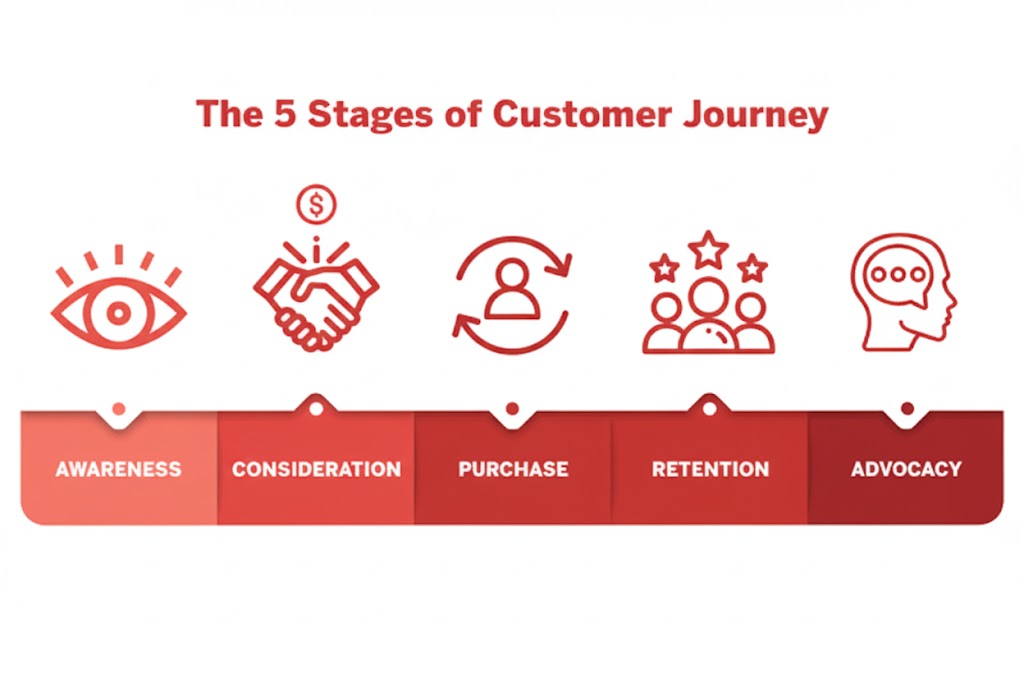
1. Awareness
This is the first encounter that a prospective customer has with your brand. It sets the stage for positive brand association and stimulates early engagement.
If someone is browsing for the latest Android phone, your goal would be to ensure that the user comes across your offerings through various channels.
Outcome: Brand awareness and pique interest in considering your offering
2. Consideration
In this stage, customers weigh their options and seek assurance. They browse your website or get in touch with customer service. Now is your chance to provide persuasive data that validates their consideration and clarifies hesitations. The idea is to encourage customers to move towards the decision stage of buying.
For instance, your customer support team must offer clear responses to a buyer inquiring about your refund policies.
Outcome: Comparing, seeking solutions, and trust-building
3. Decision
The decision stage is where brand trust and perceived value converge. It directly impacts the customer’s intent to make a purchase. Hence, you must optimize moment-of-truth interactions through seamless omnichannel CX.
When customers feel cared for during this stage, they are more likely to go ahead and buy.
Outcome: Final evaluation and purchase
4. Retention
This stage is where you solidify the customer relationship and turn first-time buyers into long-term customers. It is all about triggering exceptional, personalized nudges. Think tailored rewards and post-purchase customer support.
Outcome: Repeat business and long-term, devoted clients
5. Advocacy
The final phase of the CX journey is advocacy. When customers are completely satisfied, they will convert into passionate advocates who will spread the word about your brand. As a result, the interactions between various stages exhibit a looping cycle.
Outcome: Fresh leads and improved brand identity
Here is a detailed table exhibiting common metrics and CX goals you must focus on for each customer journey stage.
| Customer Journey Stage | CX Goals | Common Metrics |
| Awareness | Build brand recognition Create positive first impressions | Reach/Impressions Brand awareness surveys Social engagement metrics |
| Consideration | Provide helpful information Build trust and credibility | NPS during consideration Time spent on the website Bounce rate Content engagement metrics |
| Decision | Simplify the purchase process Reduce friction | Conversion rate Cart abandonment rate Ease of checkout score |
| Retention | Deliver ongoing value Enhance satisfaction | Customer Satisfaction Score Customer Lifetime Value (CLTV) Repeat purchase rate Customer Churn Rate |
| Advocacy | Encourage recommendations Inculcate customer loyalty | Net Promoter Score (NPS) Referral rate Customer testimonials Social sharing metrics |
What is Customer Journey Mapping? Why is it Important?
Customer journey mapping is a visual blueprint of your customer’s experience with your brand. It charts every touchpoint to highlight how customers feel and think at each stage. It is the same as putting yourself in your customer’s shoes to understand their needs better.
Why is it important for CX?
- Spot friction points early: One of the main uses of a customer map is to pinpoint where customers face difficulties or get frustrated. Identifying these touchpoints helps you optimize your CX workflow to lock the deal before momentum breaks off.
- Augments personalization: Knowing the journey enables you to create hyper-personalized customer service interactions. It makes every contact more effective.
- Builds customer loyalty: Customers feel appreciated and are more likely to remain loyal when you formulate purpose-built solutions for a flawless CX.
- Aligns the team: It creates a unified, person-level view across various designations and teams. Results? CX teams can prioritize urgent tickets. Plus, they can use touchpoint data to optimize workflows for conversion.
How to Create an Effective Customer Journey Map
Here are simple steps to help you get started with customer journey mapping.
1. Research and Data Collection
Start collecting as much qualitative and quantitative data as possible. Use the following touchpoints to get a 360-degree view of CX
- Customer feedback
- Support tickets
- Social media comments
- NPS scores
- Customer satisfaction surveys
- Behavioral analytics platform
This data pinpoints where the customer’s pain points and moments of delight are lurking.
Pro Tip: Search for trends. Are there persistent problems at particular touchpoints? Are some clientele groups having more difficulties than others? This will assist you in setting improvement priorities.
2. Persona Creation
Next, create thorough customer personas. These are depictions that capture the objectives, driving forces, pain points, and behaviors of your ideal customers. They guide your journey mapping by putting the spotlight on customer-centric objectives.
Pro Tip: Use real data from your research to make these personas as authentic as possible. Incorporate their goals and emotional states at each stage.
3. Mapping Touchpoints
List every touchpoint that your customers use, such as
- Social media
- Website visits
- Customer service
- Sales calls
- Onboarding emails
Map these across the different stages of the customer lifecycle. Visual tools such as flowcharts or journey mapping templates can help. Don’t forget to incorporate both digital and physical touchpoints for a complete perspective.
4. Identifying Pain Points
Now, analyze the mapped journey to pinpoint friction points and moments of delight. Setting priorities for CX efforts requires this step.
Pro Tip: Use support logs and behavioral data to validate your assumptions. Look for emotional cues. Are customers feeling confused or excited at specific touchpoints?
5. Include Metrics
Metrics aid in tracking your progression. Therefore, include appropriate KPIs at each step, such as
- Satisfaction (NPS, CSAT)
- Effort (CES)
- Loyalty (CLV, retention rate)
- Churn rate
- Conversion rates
Additionally, utilize customer input to verify and enhance the map continuously.
| Checklist for Creating Your Customer Journey Map 1. Gather customer data and feedback 2. Develop detailed personas 3. List all customer touchpoints 4. Map the customer journey stages 5. Highlight pain points and moments of delight 6. alidate findings with real customer insights 7. Prioritize CX improvements based on pain points 8. Share and align cross-functional teams |
Linking Customer Feedback Surveys to Journey Stages
Customer journey surveys are online questionnaires used to gauge your customers’ opinions on their level of satisfaction. Here are the different types of feedback surveys you can use for specific journey stages.
1. Short-Targeted Website Surveys
At the Awareness stage, prospects are exploring your brand and forming initial impressions. Short, targeted website surveys are quick pop-ups or embedded forms. They help in gathering instant feedback on first-touch experiences.
2. Product Comparison Page Surveys
Customers weigh their alternatives and compare products during the consideration stage. It is an effective touchpoint for knowing customer intent and top preferences.
Feedback gathered here through focused surveys clarifies value propositions and how well the offerings meet their requirements.
3. Customer Effort Score Survey
CES is all about measuring how easy it was for customers to get what they needed. After the purchase, CES helps you identify friction points in the checkout or onboarding process.
Additionally, regular CES surveys can spotlight pain points that might cause customers to become disengaged
4. CSAT Survey
CSAT is your quick pulse check to see how satisfied customers are after specific interactions. It can be used after support chats or demos to help you understand if customers felt supported and confident in their choices. Additionally, these surveys can flag any issues before they turn into churn.
5. Net Promoter Score Survey
An NPS survey determines customer loyalty by asking how likely the customer is to recommend your company. It helps to identify potential promoters and ask them to share their positive experiences with others.
Let’s look at the connection of each survey type with specific insight outcomes and journey stages.
| Survey Type | Journey Stage | Insight Outcome | Example |
| Short-targeted website surveys | Awareness | Brand recognition Initial impressions | A short pop-up asking, “How did you hear about us?” |
| Product comparison page | Consideration | Understanding decision drivers Product preferences | When customers switch between product tabs, ask them, “Which features influenced your choice?” |
| CES | During Problem Resolution / Post-Support | Ease of support process | After a support call or chat, ask, “How easy was it to get your issue resolved?” |
| CSAT | Post-Support Interaction | Satisfaction with resolution Support quality | After a support ticket closure, ask, “How satisfied are you with the support you received?” |
| NPS | Post-Purchase / Post-Onboarding / Advocacy | Overall loyalty Likelihood to recommend | After onboarding, send a”likelihood to recommend” question on a 0-10 scale |
Common Challenges in Customer Journey Mapping
Let’s take a look at some of the real hurdles you may face when trying to nail customer journey mapping.
1. Missing the Full Support Experience
Support staff frequently only see one piece of the picture, which is typically the post-purchase or issue resolution stage. However, customers encounter assistance at multiple points from onboarding to troubleshooting. And, it’s challenging to record all of those encounters. If you don’t have an all-encompassing view, you might miss the key touchpoints.
Pro Tip: Talk to other departments to understand every customer support touchpoint.
2. Inconsistent Data Collection
Pro Tip: You need data standardization. Use post-interaction surveys and encourage reps to document key customer sentiments.
3. Keeping the Map Up to Date
Customer journeys change as a result of customer expectations and market trends. Many times, CX teams create a map and then do not update it for a long time. This results in outdated insights that don’t represent reality.
Pro Tip: Schedule quarterly check-ins to refresh your map based on the latest customer feedback.
Customer Journey Mapping Best Practices in CX
Now that we know how to evade common challenges while curating a customer map, here are a handful of best practices to perfect the process.
1. Begin with Clear Objectives
Formulate a clear objective to prioritize what’s happening now rather than what happened last quarter.
- Would you like resolution times to be shortened?
- Boost ratings for customer satisfaction?
- Reduce the number of repetitive inquiries?
- Or maybe you wish to find the areas where your support procedure is sluggish.
If you set a clear objective, it will be easier for you to concentrate your mapping work on action-oriented results that have a direct influence on the efficiency of your support services.
Suppose you want to shorten resolution times. In this case,
- Map the steps customers go through when they reach out for help
- Pinpoint where delays are occurring more than once
- Optimize the workflow
2. Opt for Targeted Surveys and Feedback
Direct input from customers enhances the credibility of your journey map. Hence, make sure to reach out to your customers after support interactions. Use quick surveys or feedback forms to understand their experience from their perspective.
“Was your issue resolved to your satisfaction?”
or
“What could we do better during your support experience?”
Try to spot any recurring issues. This feedback helps you work through siloed workflows and disjointed CX.
3. Collaborate with Customer Support Reps
Don’t forget about the valuable information your frontline employees have. Conduct a meeting with your customer service representatives and inquire about the most frequent problems that they solve.
- What questions do customers ask repeatedly?
- Where do support requests tend to get stuck?
- Are there particular products or features that generate more confusion?
These insights offer real-world challenges that can fine-tune your journey maps.
4. Factor in Different Customer Personas
No two customers are alike. So, treating support experiences with a blanket approach can lead to an impersonal mapping that fails to recognize unique CX needs.
In fact, Forbes reports that 71% of customers today anticipate personalized support from companies. This means you need to create journey maps that are personalized for each customer persona.
A tech-savvy customer would favor self-service alternatives or quick chat support. On the other hand, a less experienced customer might want more thorough email instructions.
You need to look out for these variations to create customer maps that are tailored for each persona. This also equates to persona-based FAQs or assistance channels.
5. Review and Refresh (On Repeat)
Support environments are dynamic. The introduction of new products or shifts in customer expectations can change the way support journeys play out. Hence, make it a habit to review and update your customer journey maps after every major change.
Examine the effects of any updates to your support portal or the introduction of a new product on the customer service procedure. For example,
- Do fresh inquiries come up?
- Are there any fresh avenues for help to think about?
By keeping your maps up to date, you can make sure they appropriately depict the current support situation.
Top 5 Tools to Streamline Customer Journey Mapping
We have put together an exhaustive list of the 5 best tools to help you visualize and analyze every interaction point in your customer journey.
| Customer Journey Mapping Tool | Top Features | CX Relevance |
| Qualtrics | Omnichannel integration Sentiment analysis Journey chat widgets | Offers unified views of customer experiences |
| Zendesk | Customer data integration Workflow customization Analytics | Contextual data for customer engagement |
| Salesforce | Journey builder Salesforce data graph Identity resolution | 360-degree view of the customer data for pain point resolution |
| HubSpot | Contact database management Behavior-based automation Advanced analytics | Behavior-based personalization for long-term customer loyalty |
| Miro | Intelligent templates Integrated insights Seamless sharing | Ensures a highly data-driven journey mapping |
1. Qualtrics
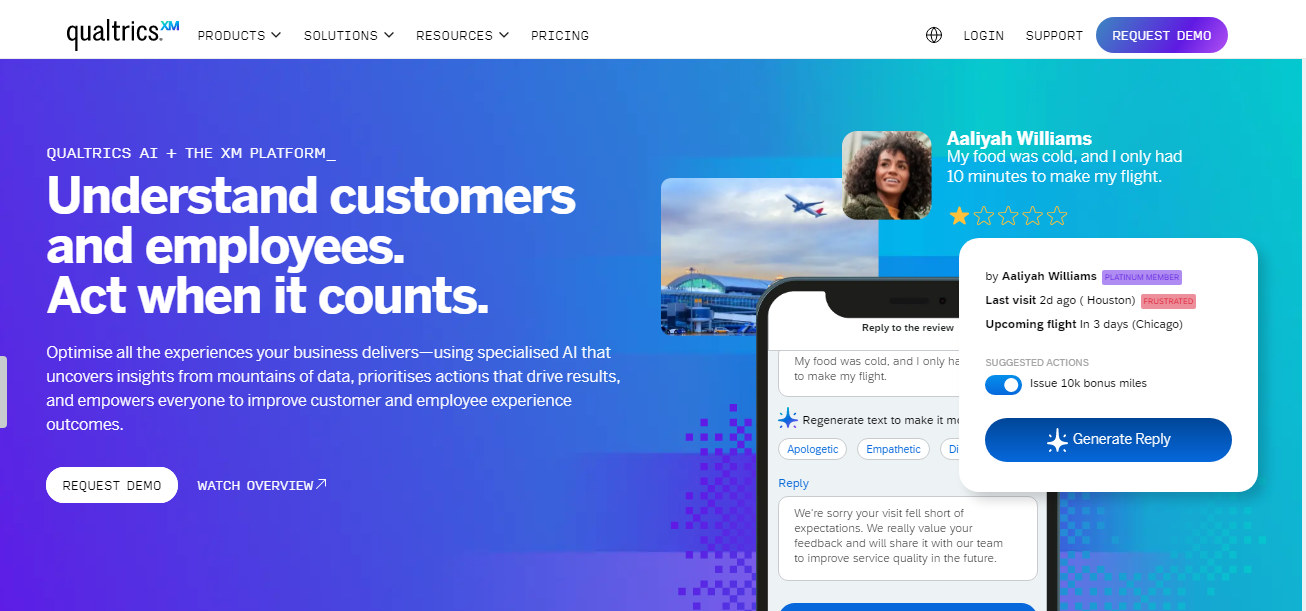
Qualtrics is an experience management program that offers user experience services.
With its many listening capabilities and ability to identify both emotion and intent, this AI-powered technology helps you better understand customer sentiment.
Standout Features
- Omnichannel data integration: Offers customer data from a wide range of sources and channels, including social media listening and after-sales data
- Sentiment analysis: Uses NLP to analyze unstructured data to understand customer emotions
- Automated insights: Provides stakeholders with insights by automatically embedding emotion aspects of customers into the journey maps
CX Relevance
Offers iQ™ AI technology and journey chart widgets that link operational data to touchpoints. This helps in understanding genuine pain points and improving CSAT.
G2 Rating – 4.4/5 (4,000+ ratings)
2. Zendesk
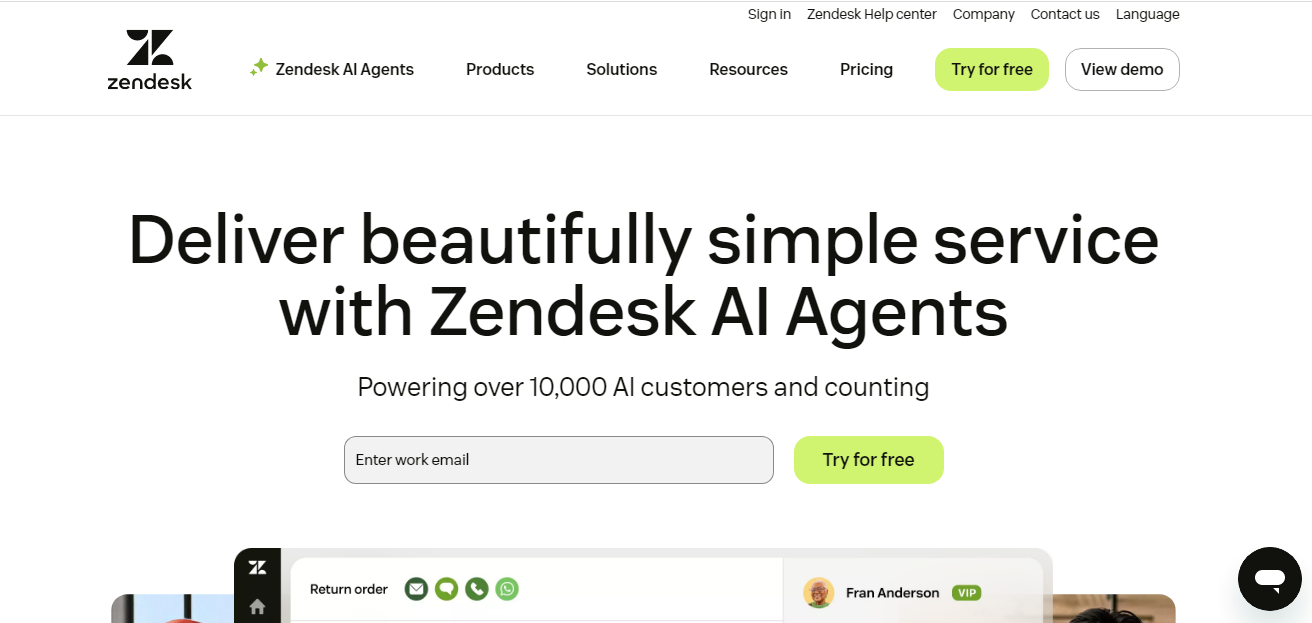
Zendesk is a cloud-based customer service and sales platform. It offers high-end features to study customer interactions across multiple channels.
Standout Features
- Customer data integration: Works closely with numerous CDPs to unify customer interactions that happen through different channels
- Workflow customization: Offers customizable workflows and automation rules to personalize interactions at different stages
- Analytics: The reporting tools give insights into the trends of support tickets and the engagement metrics
CX Relevance
Helps deliver engaging and timely support through rich contextual data.
G2 Rating – 4.3/5 (7,400+ ratings)
3. Salesforce
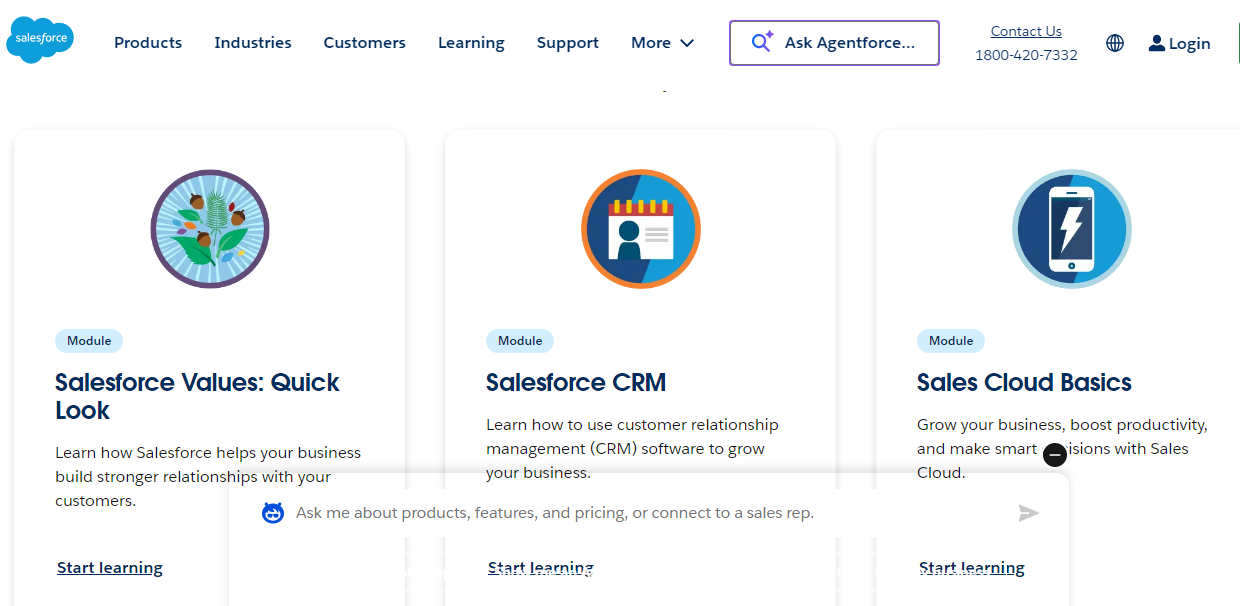
Salesforce is a cloud-based Customer Relationship Management (CRM) platform. Its CRM AI technology helps to test and experiment with various events and activities within journey maps for smooth optimization.
Standout Features
- Journey builder: Allows users to design and automate customer journeys through a drag-and-drop interface
- Salesforce data graph: Provides a single, unified view of customer data from different systems
- Identity resolution: Recognize how various data kinds (such as real-time, unstructured, and anonymous) recorded in various systems relate to a single person
CX Relevance
360-degree view of the customer data to pinpoint pain points.
G2 Rating – 4.4/5 (85,000+ ratings)
4. HubSpot
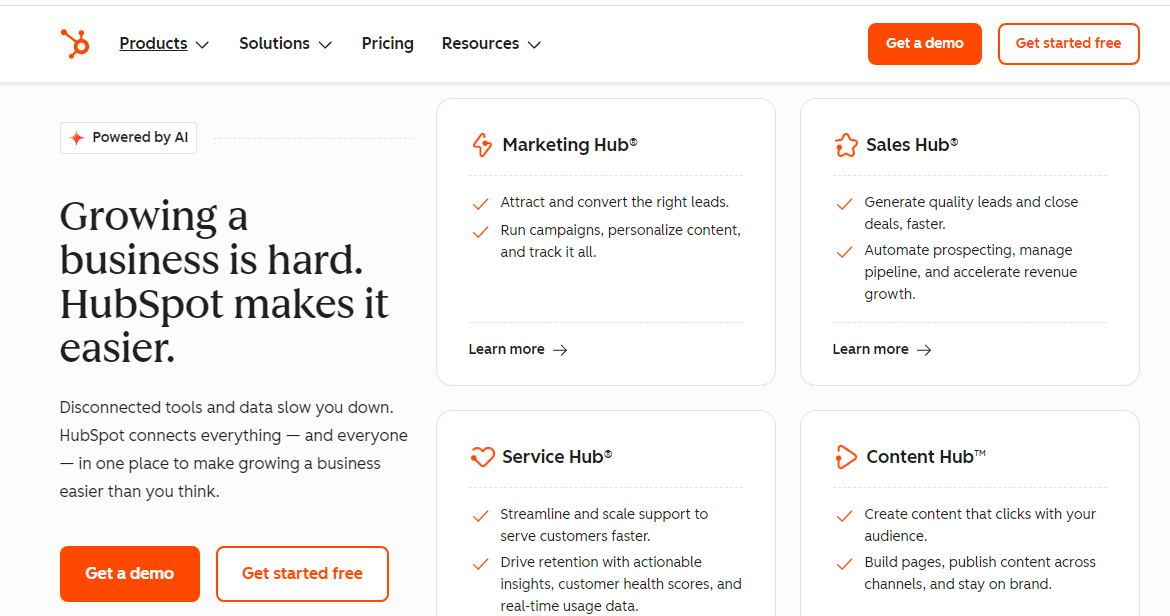
HubSpot is an all-in-one platform offering CRM and service software. It uses a linear design with color-coded touchpoints for an impressive customer journey mapping.
Standout Features
- Contact database management: Centralizes customer data like purchase history and support tickets
- Behavior-based automation: Predicts drop-off points and lead scoring
- Advanced analytics: Visualize customer pathways with reports like Sankey charts and funnels to understand flow
CX Relevance
Enables behavior-based personalization for long-term customer loyalty
G2 Rating – 4.4/5 (33,700+ ratings)
5. Miro
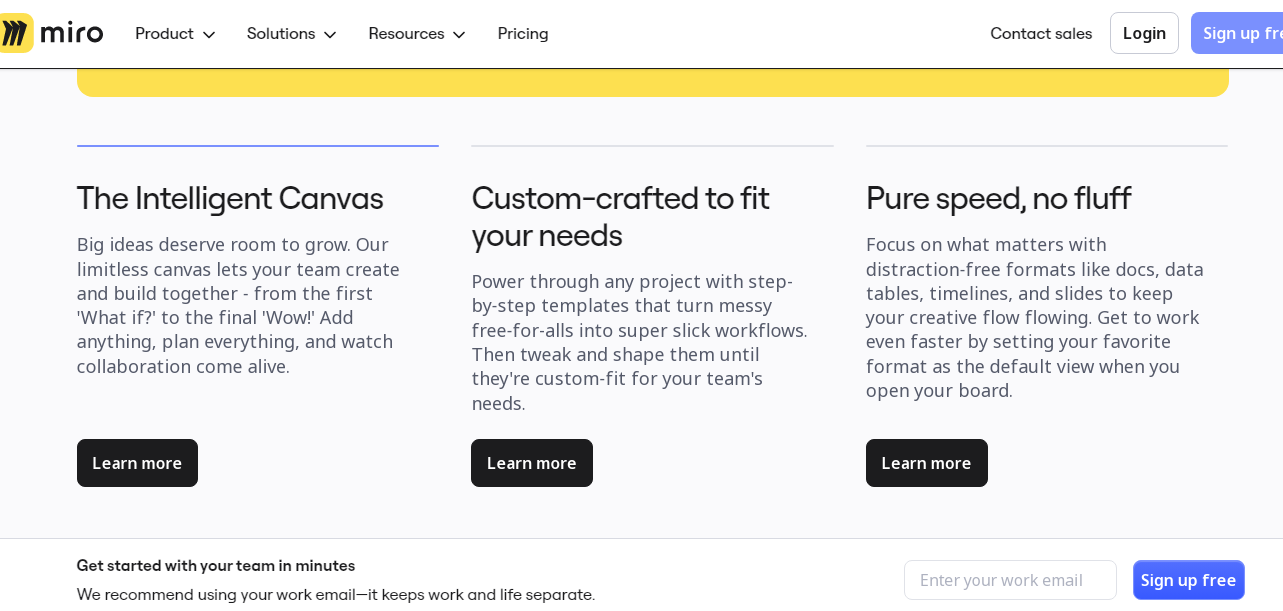
Miro is an AI-powered collaborative online platform. It ensures cross-functional workflows and a wide suite of customer insight collection tools to help CX teams in customer journey mapping.
Standout Features
- Intelligent templates: Use pre-built frameworks or create your own using editing tools made specifically for visualizing customer journeys
- Integrated insights: Offers project management tools to find trends in customer behavior and generate actionable insights
- Seamless sharing: Include journey maps in documentation tools and utilize Talktrack to record interactive walkthroughs
CX Relevance
Integrates customer data into Miro boards to ensure data-driven journey mapping. This helps formulate CX strategies that boost retention.
G2 Rating – 4.7/5 (5300+ ratings)
Emerging Trends in Customer Journey Mapping
Customer journey mapping is getting a revamp with the latest AI innovations to become more intuitive and personalized. These are some of the future trends CX teams need to be aware of –
1. AI-Powered Emotional Mapping
According to Fortune Business Insights, the global AI-powered emotion analytics market size is estimated to reach USD 28.10 billion by 2032, exhibiting a CAGR of 18.1%.
Companies are now employing AI to assess voice tone and text sentiment during interactions rather than just tracking activities. This adds a deeper, more emotional element to the journey.
2. Augmented Reality Integration
According to Adobe for Business, 22% of executives are still exploring the potential of marketing into the metaverse.
Similarly, CX teams will soon navigate virtual environments that mirror real-world touchpoints. This will help brands visualize the journey more immersively. It’s like stepping into your customer’s shoes.
3. Dynamic Personalization Maps
Customer maps are moving ahead from just being static diagrams. Instead, they can change in real time in response to context and customer behavior. They function similarly to a real-time map that adapts to the customer’s actual demands as they change.
Embedding Customer Journey Mapping into Your CX Strategy
An effective customer journey map must be founded on a deep understanding of the user’s perspective, their behavior, thoughts, as well as the front-stage and back-stage areas. Without this, you will only have a process flow. You are missing out on CX aspects of the journey if you only record the touchpoints where the customer interacts with your business.
Remember, there is no ‘one’ customer journey. Actually, there are several. The finest experiences build an ongoing customer lifecycle by seamlessly combining multiple journeys.
Start designing a comprehensive customer journey map that will help you scale your CX goals. Check out the AI survey tool by Kapture CX. We provide various mapping functions, ranging from generating personalized journey stages to consumer sentiment research.
Here is a brief overview of our AI survey tool’s features –
- Deep Analytics: Evaluate sentiment and project KPI implications to enhance CX and address issues more quickly
- Seamless Feedback Collection: From stores to remote locations, collect feedback quickly using both offline and kiosk modes
- Understand the ‘Why’: Use AI sentiment and topic analysis as soon as feedback is received to understand specific customer behavior
- AI-enabled Quality Audits: Skip manual QA review and employ root-cause analytics to identify hidden friction points in each ticket for proactive journey mapping
- Smooth Data Integration: Reduce manual labor and save time by syncing your CRM and support systems with a single click
Get in touch to explore how our feedback loop can help drive customer response rates and help you design customer maps that cover all touchpoints.
FAQs
The 5 A’s of a customer journey are Aware, Appeal, Ask, Act, and Advocate. They highlight a customer’s journey from the initial touchpoint to the final stage of advocacy.
A customer map helps to find out the friction points and moments of delight a customer experiences with your support team. Hence, it helps you optimize touchpoints to deliver improved services.
Some of the popular tools used for customer journey mapping in CX are Kapture CX, Salesforce, HubSpot, and Qualtrics.
